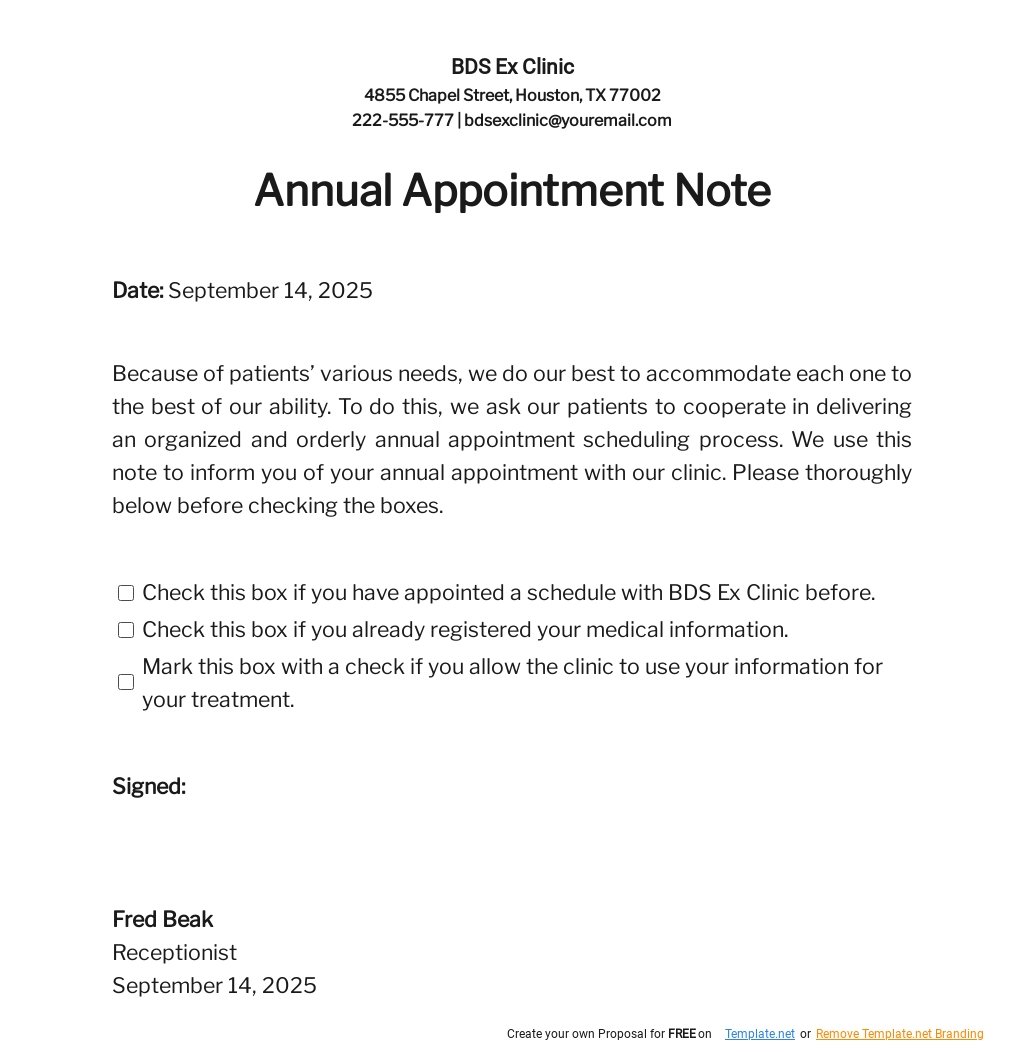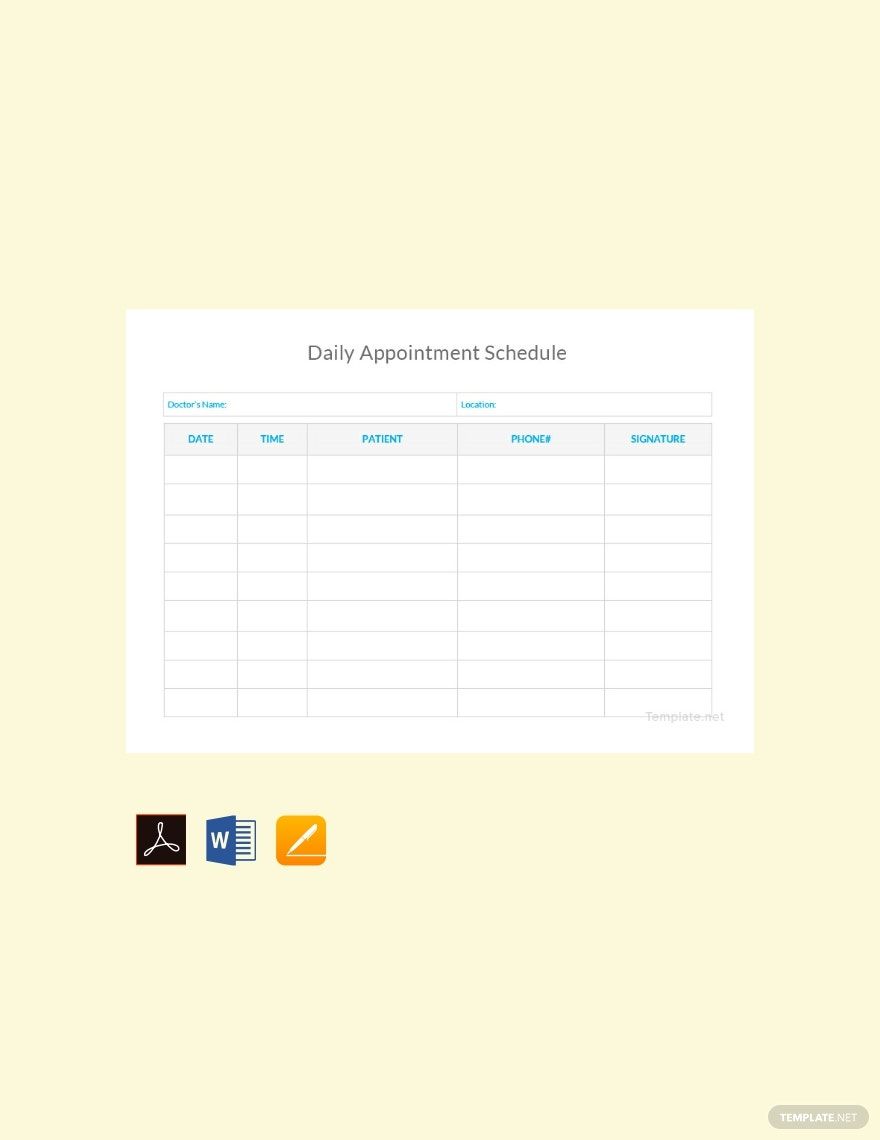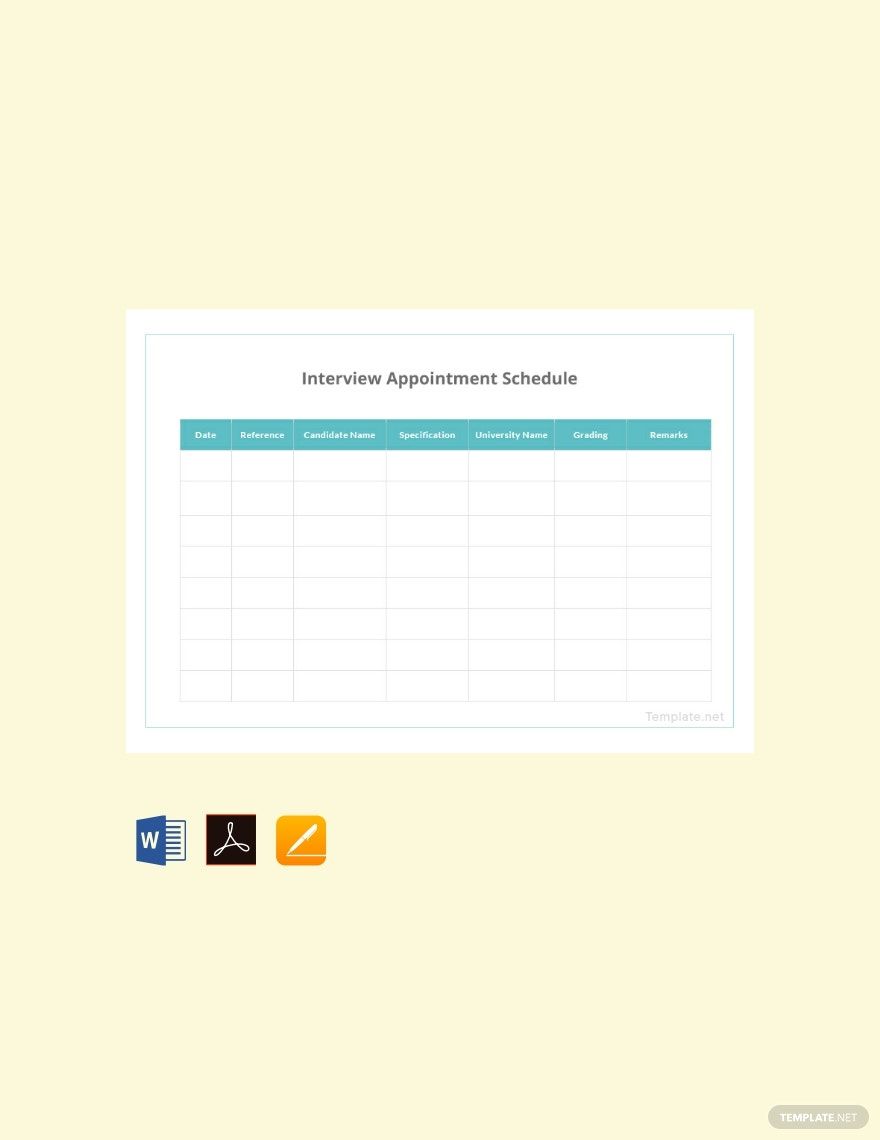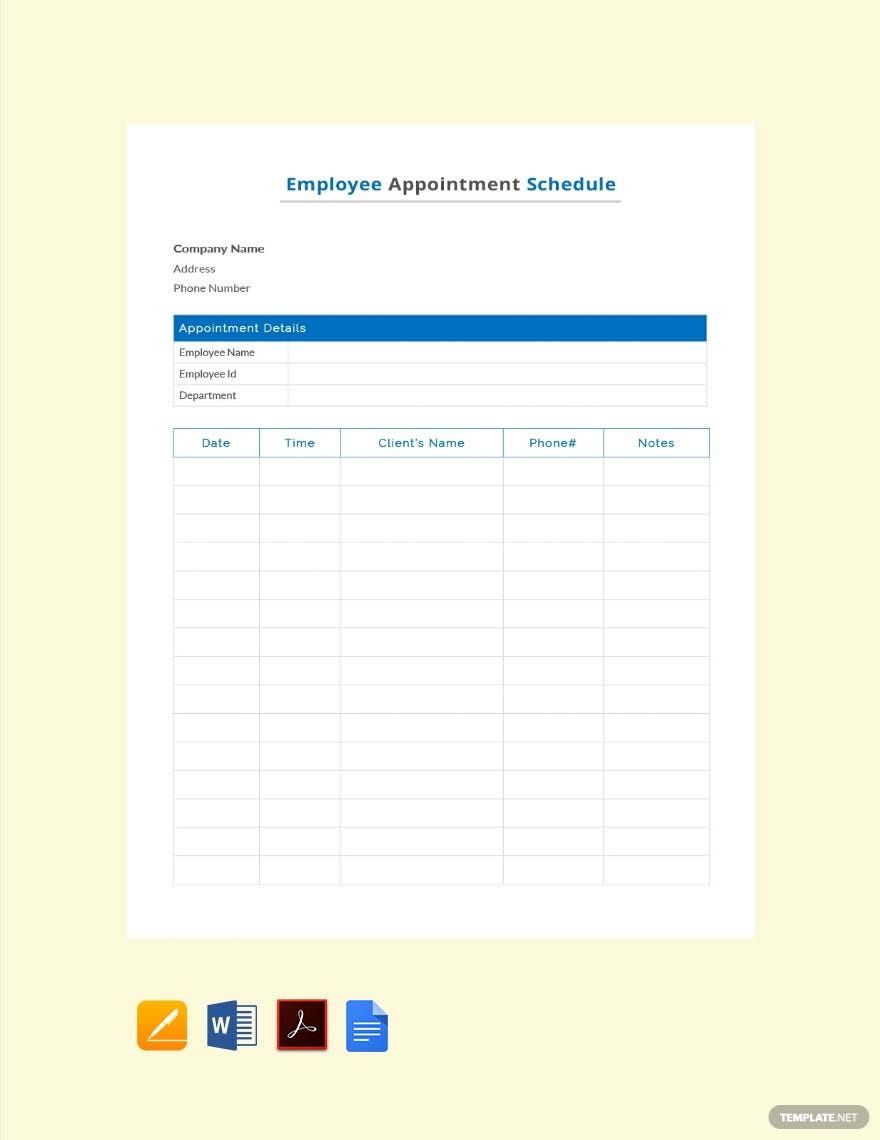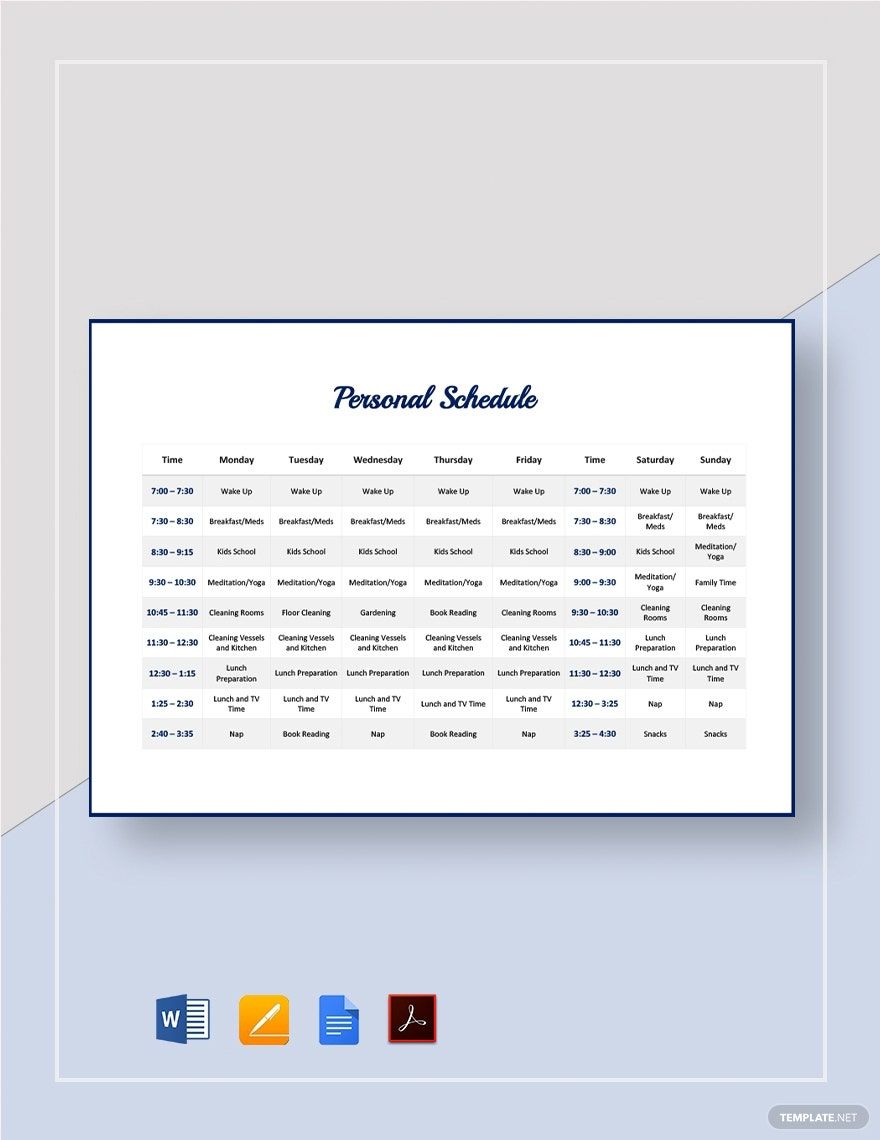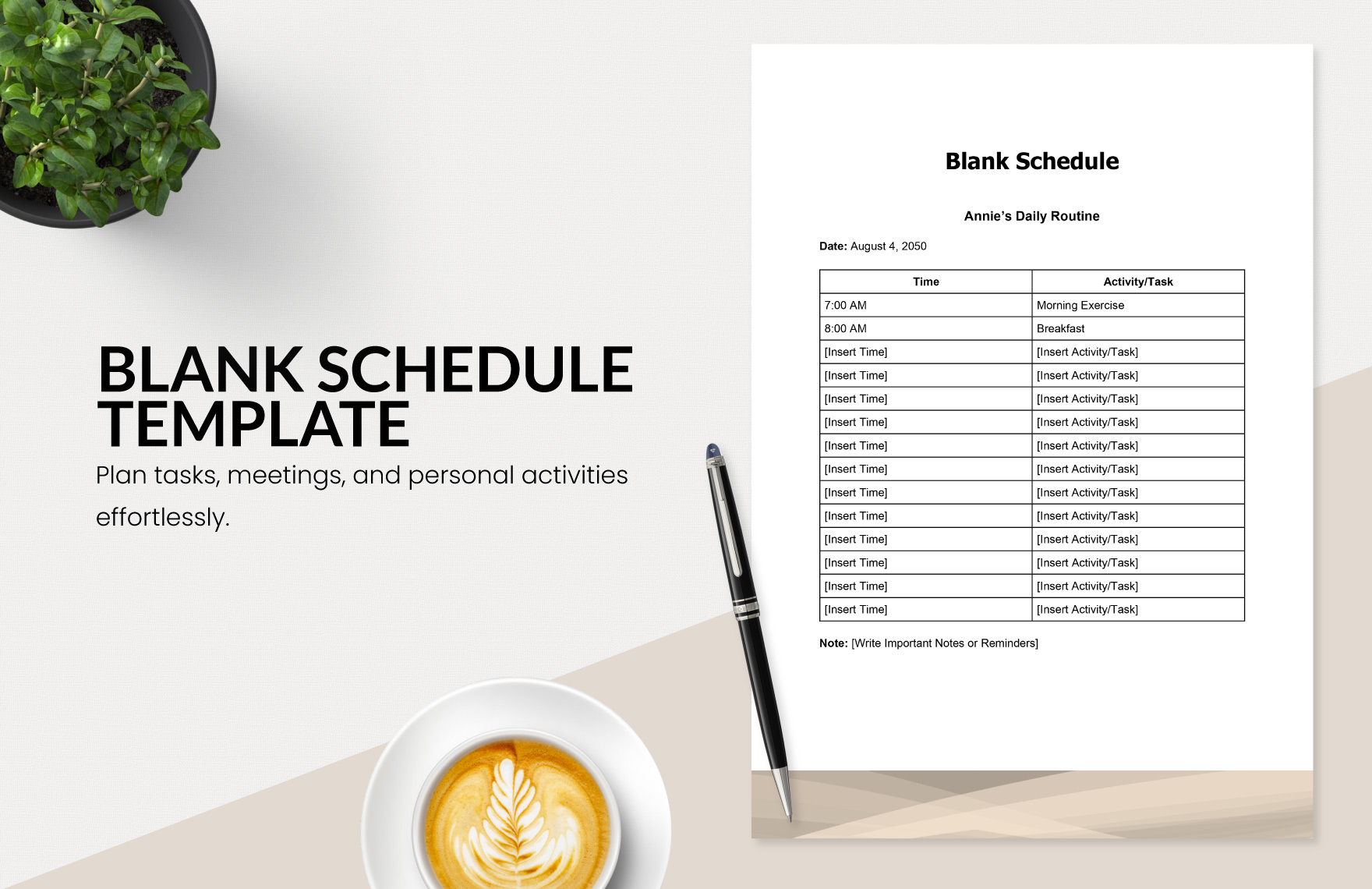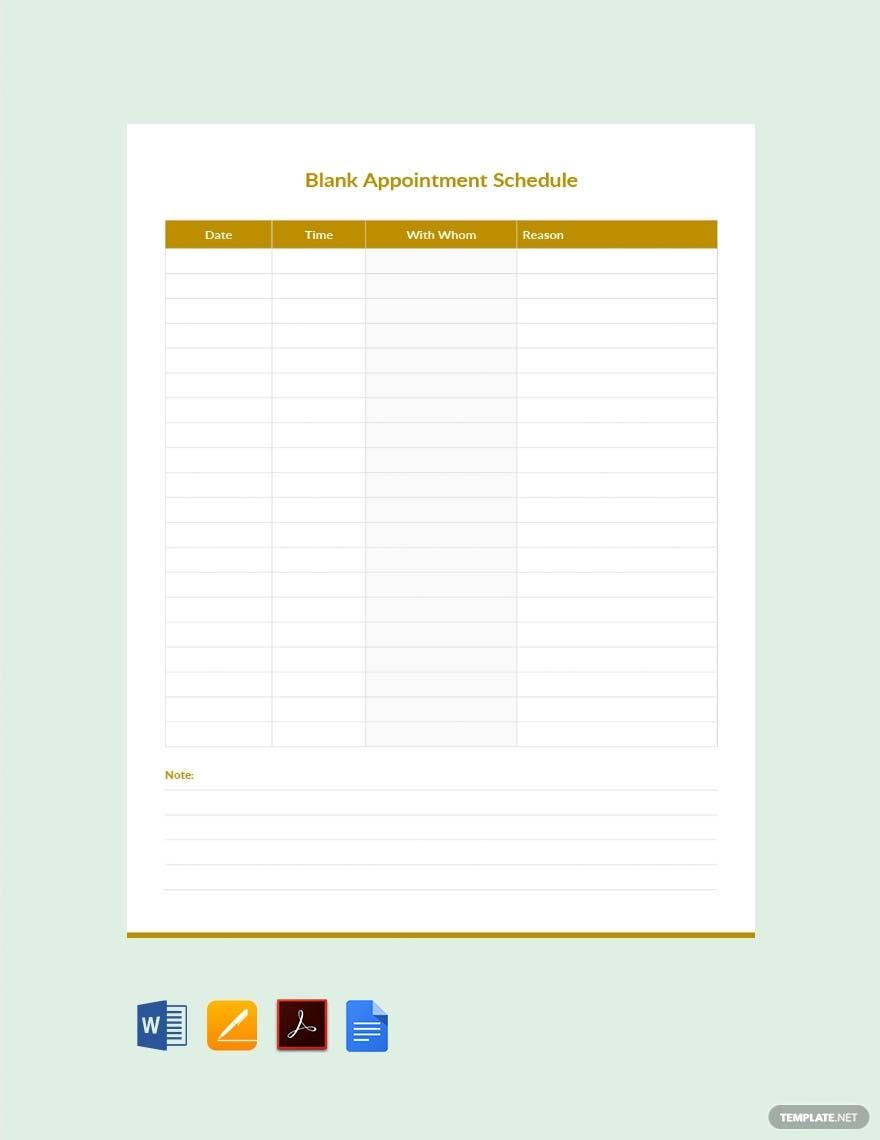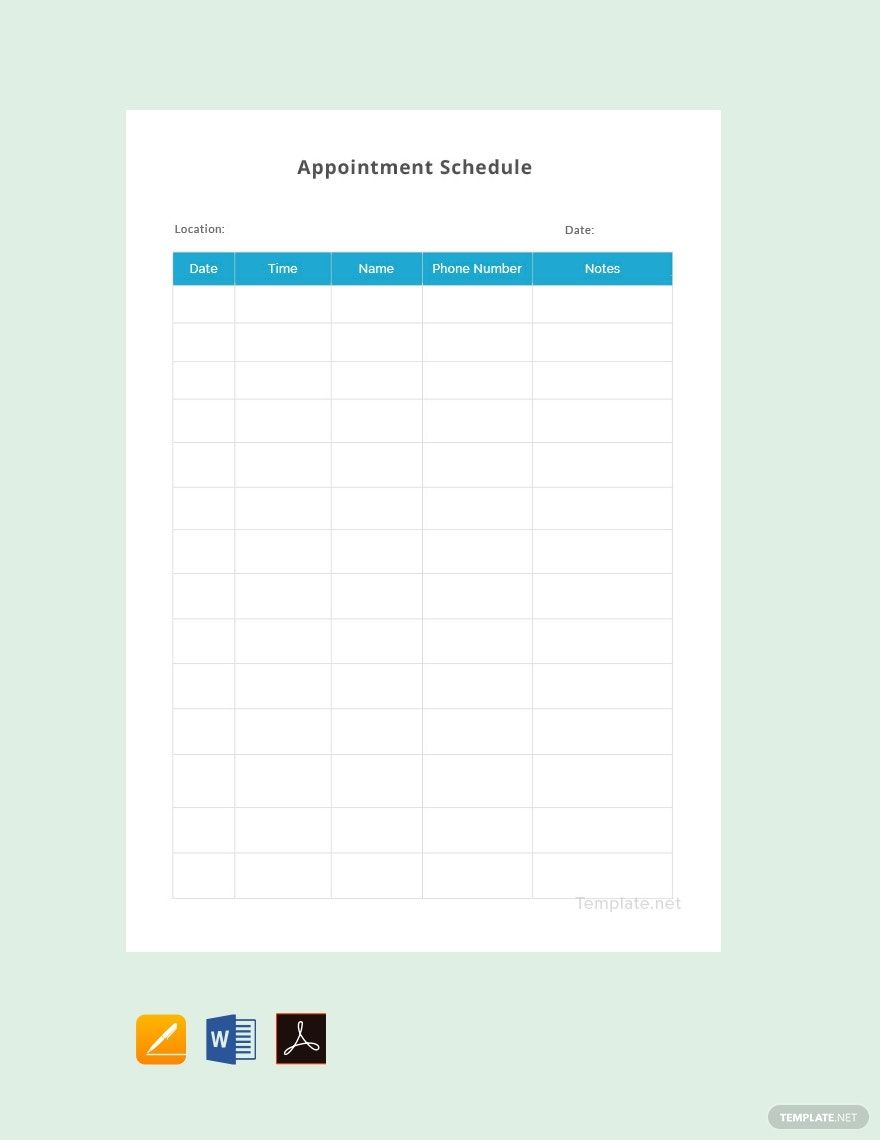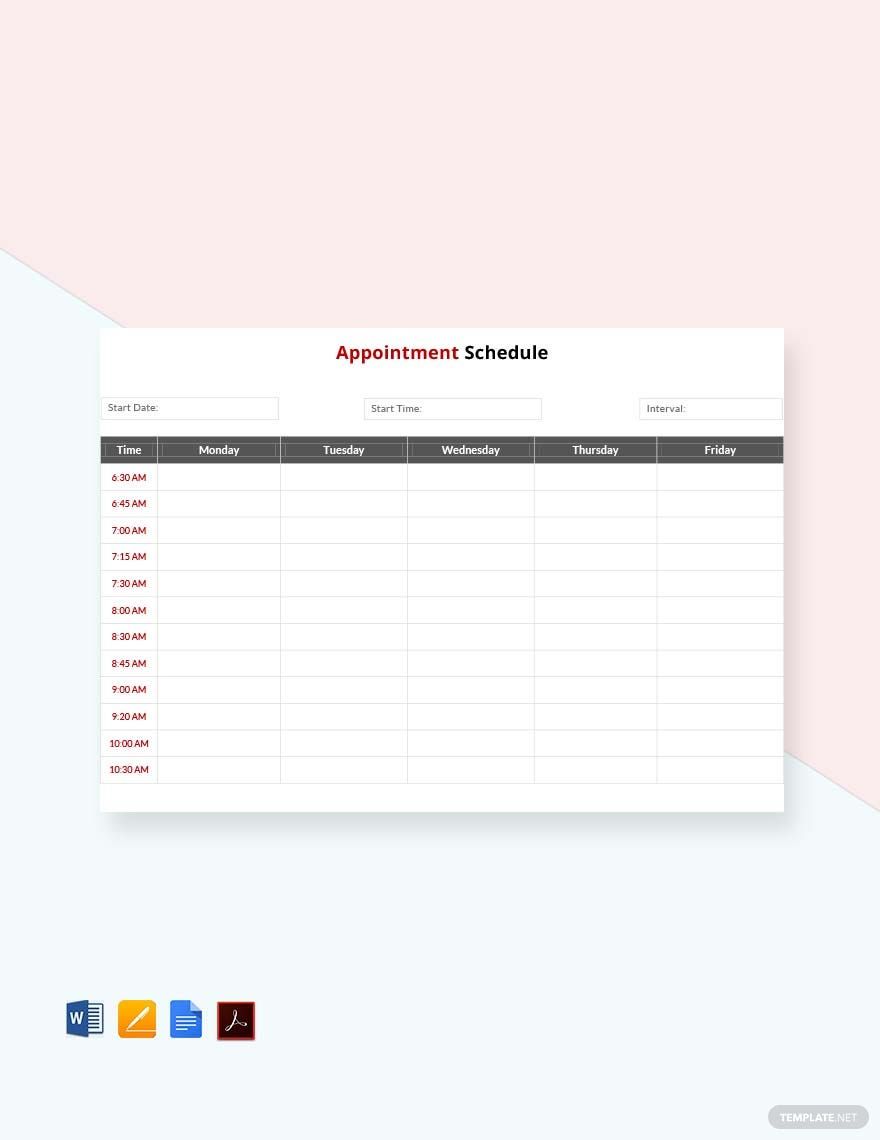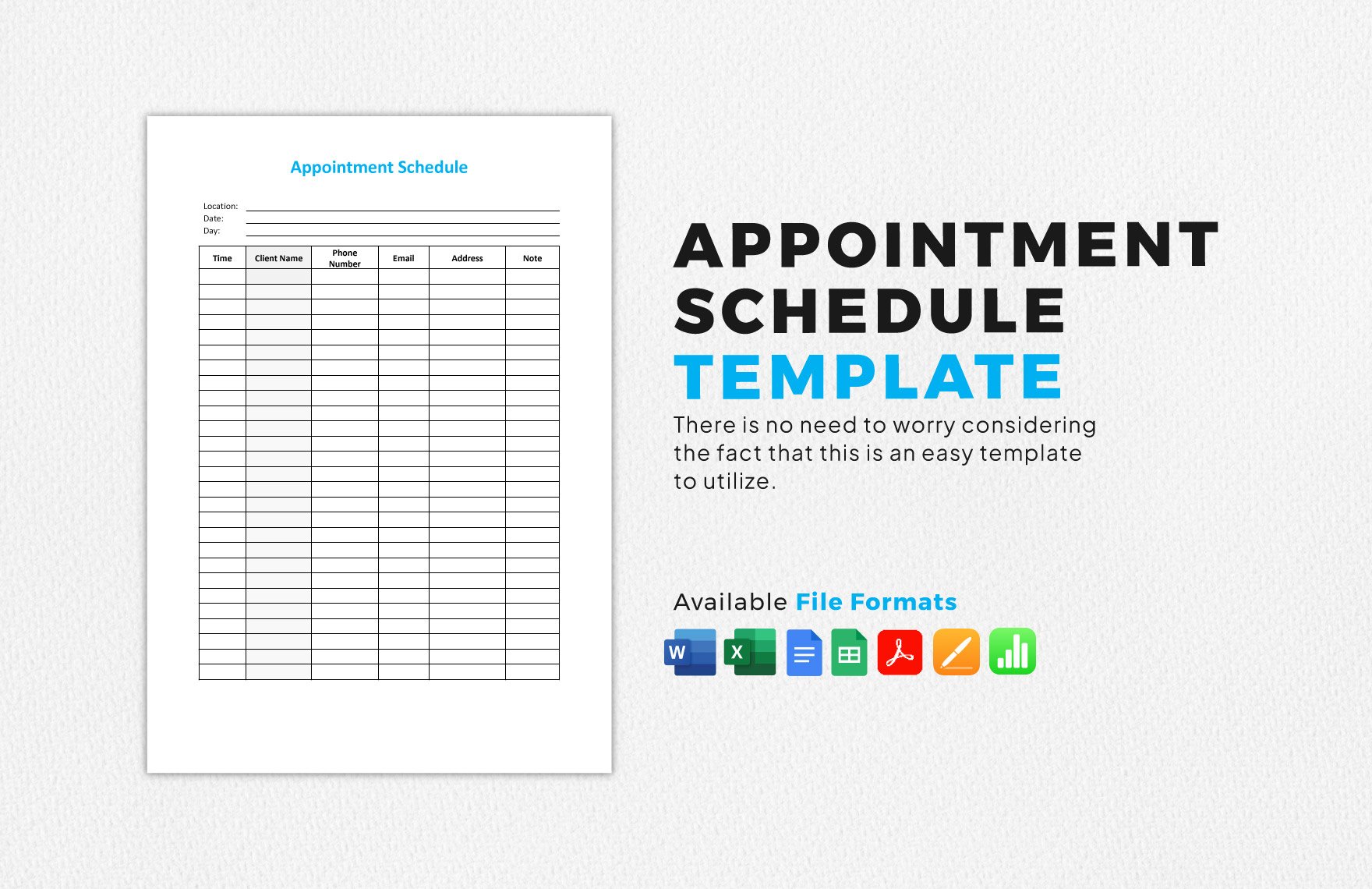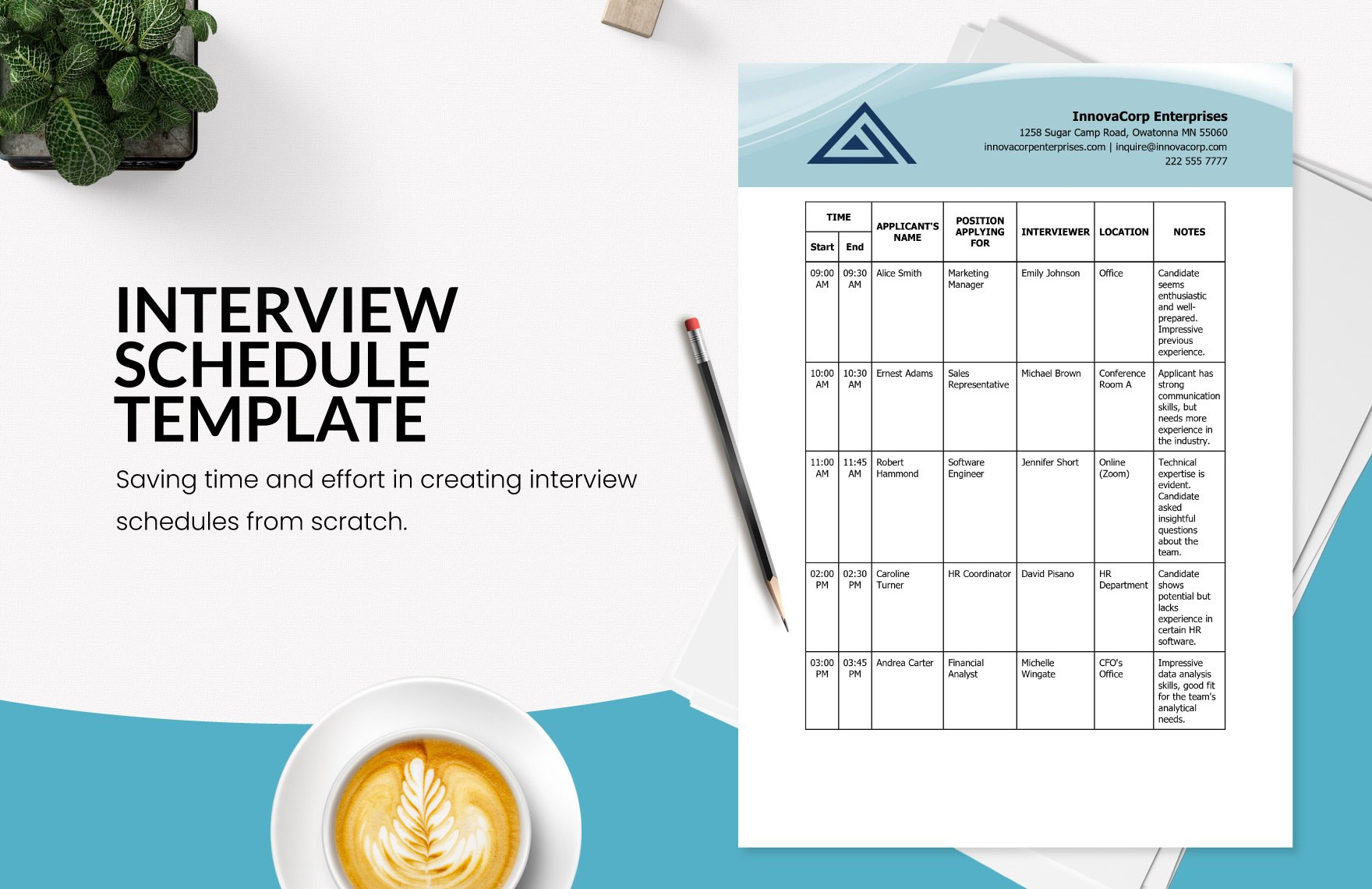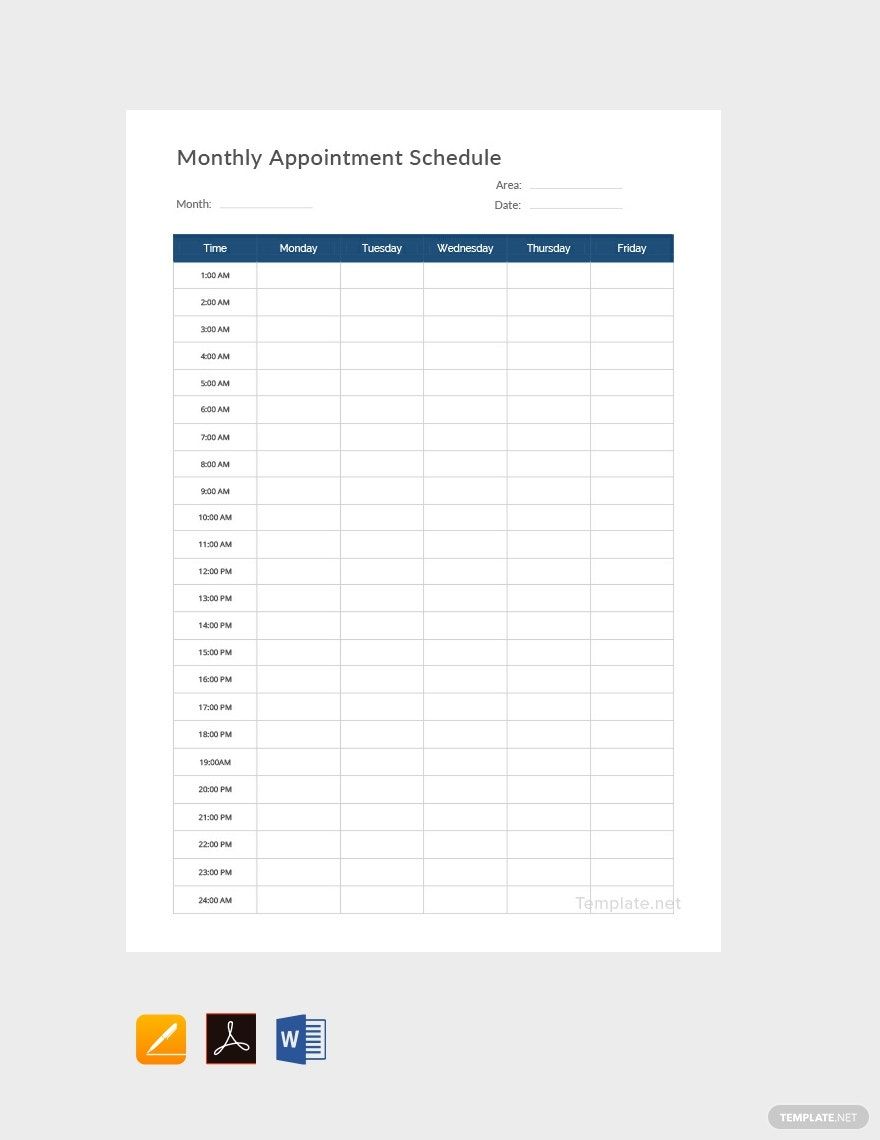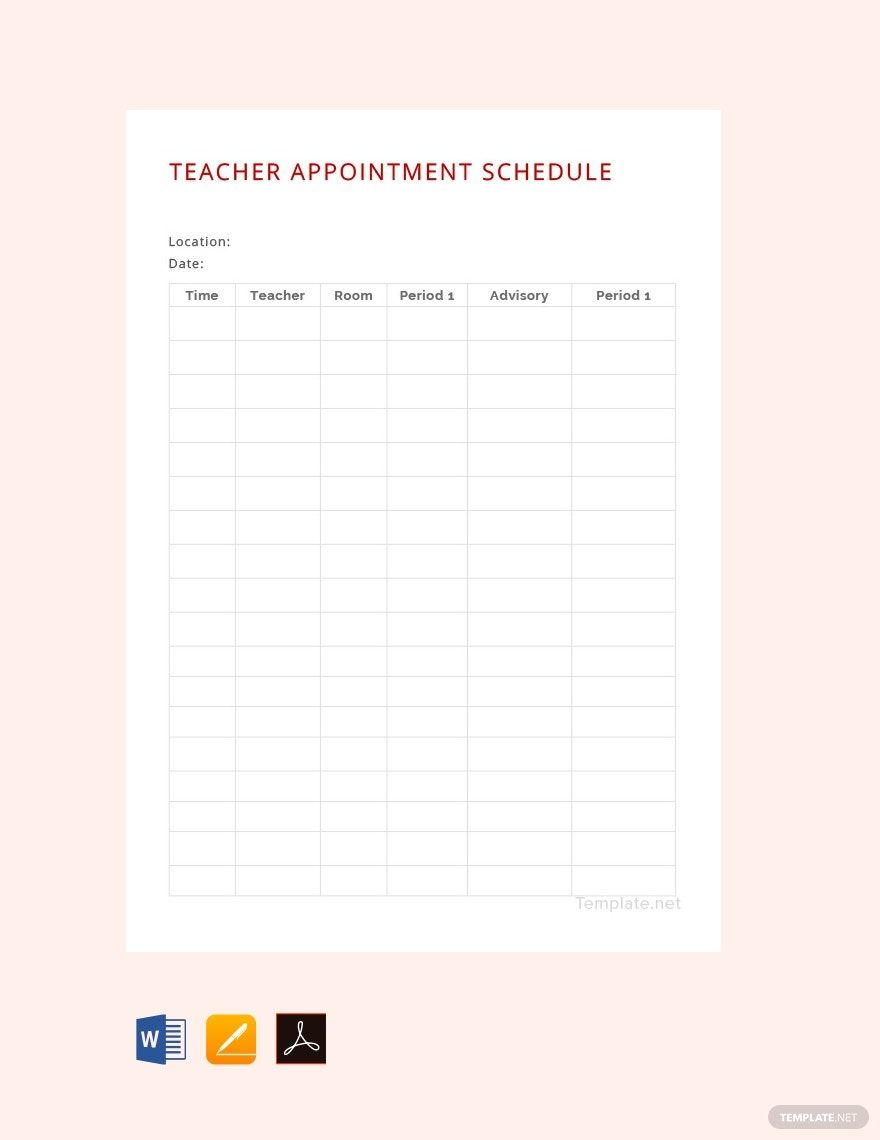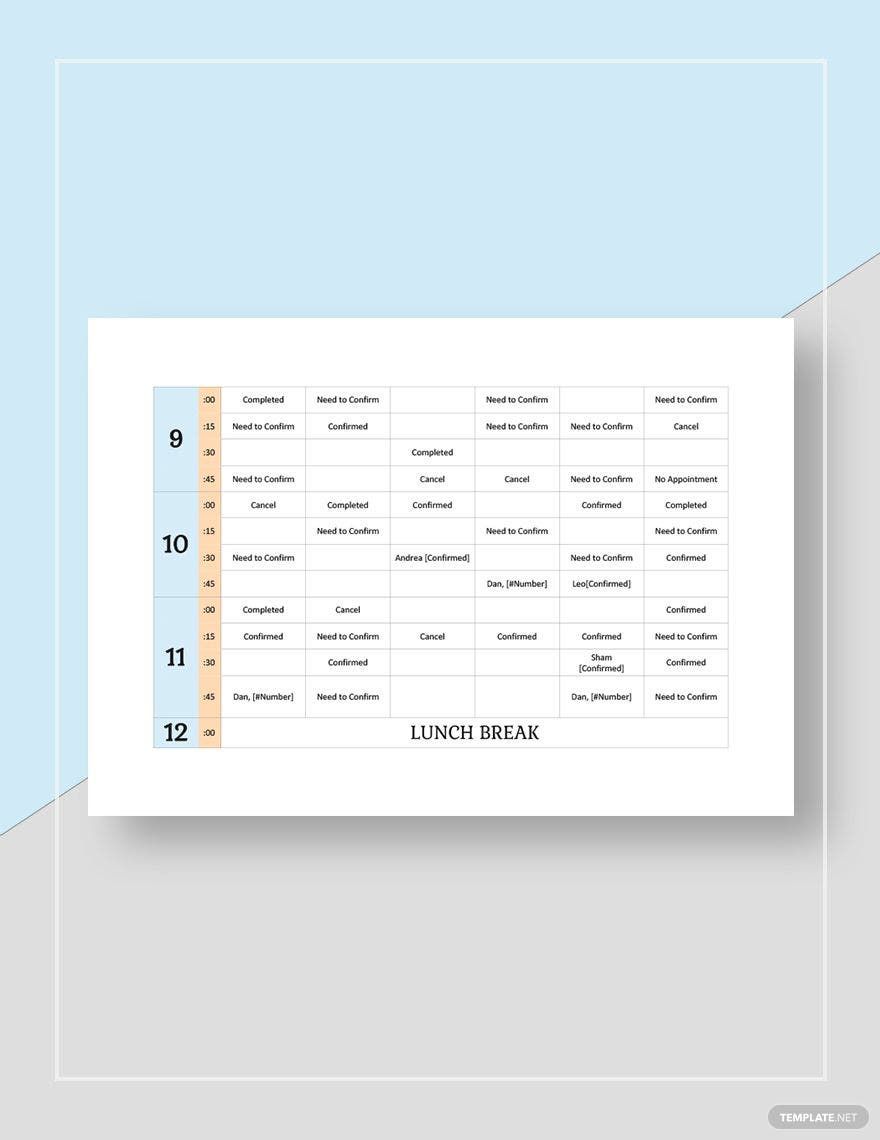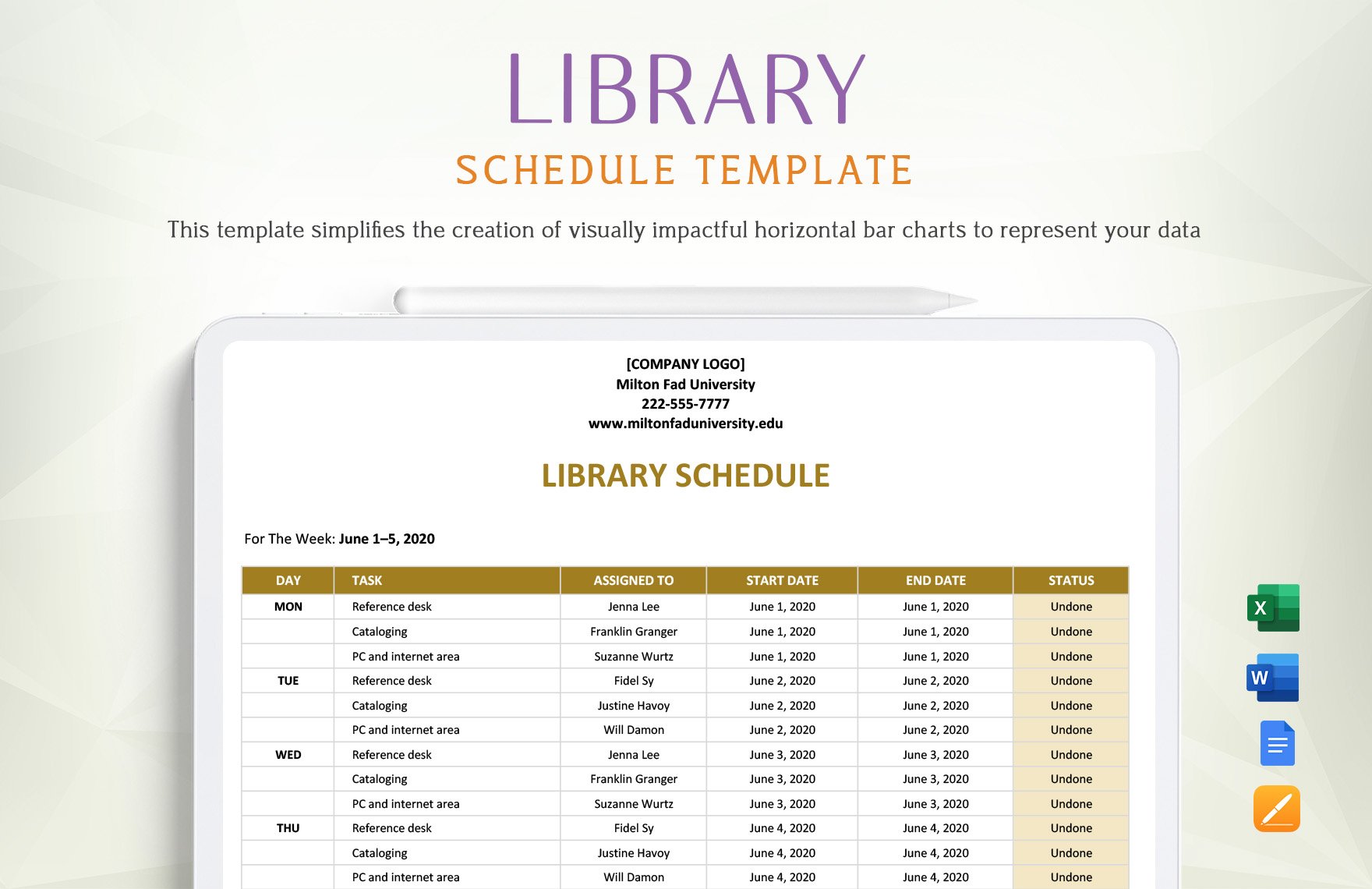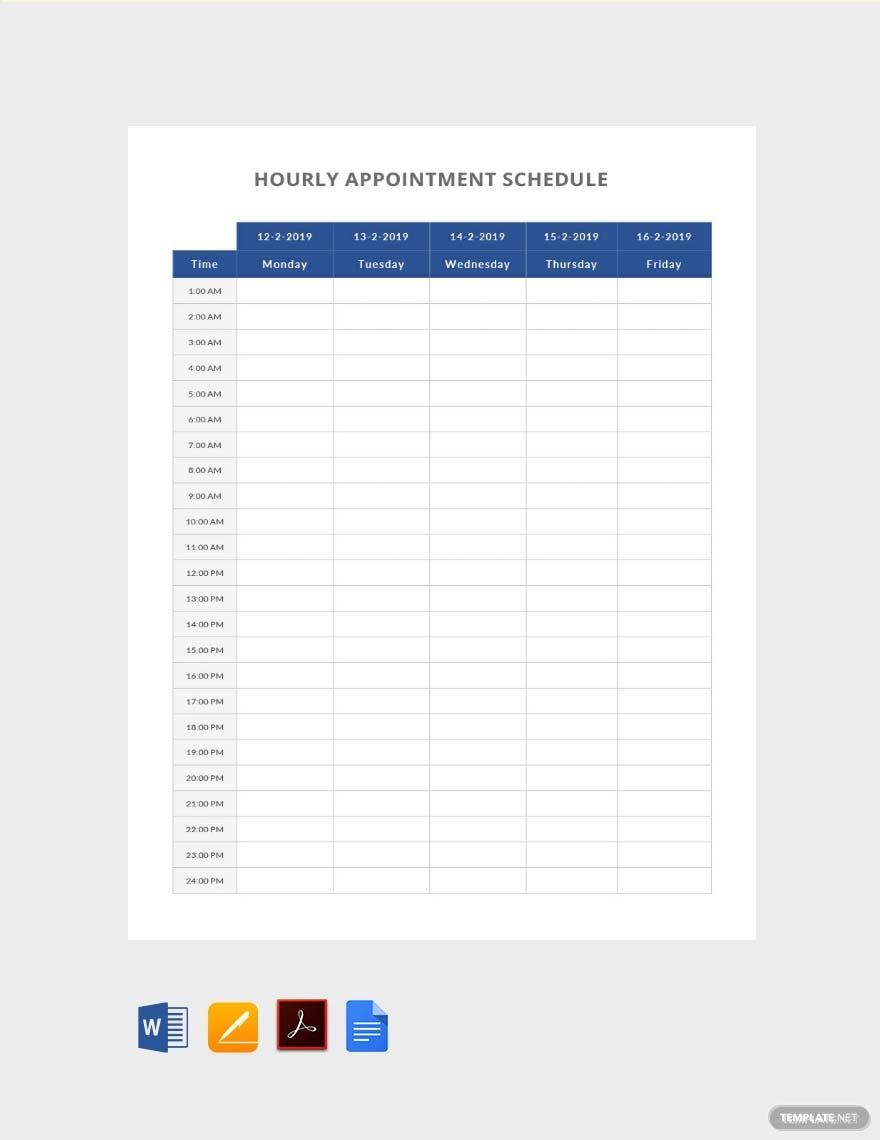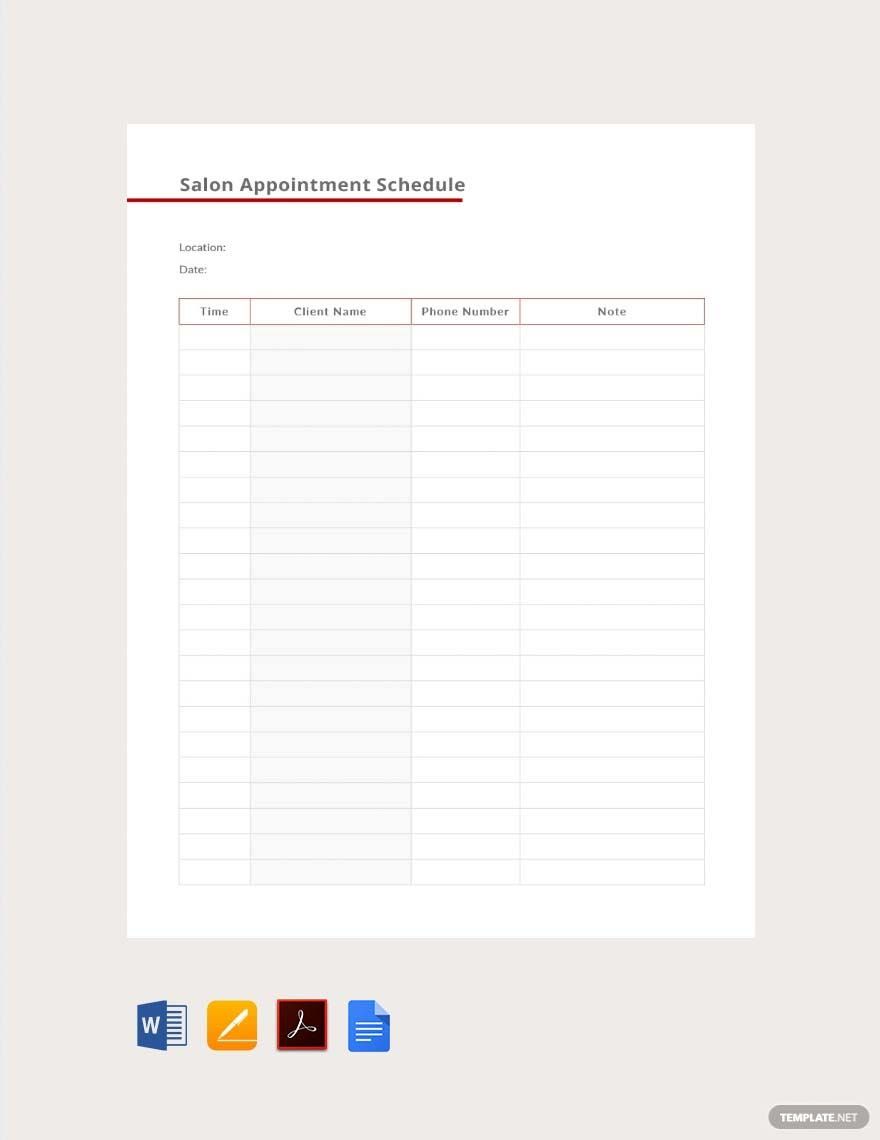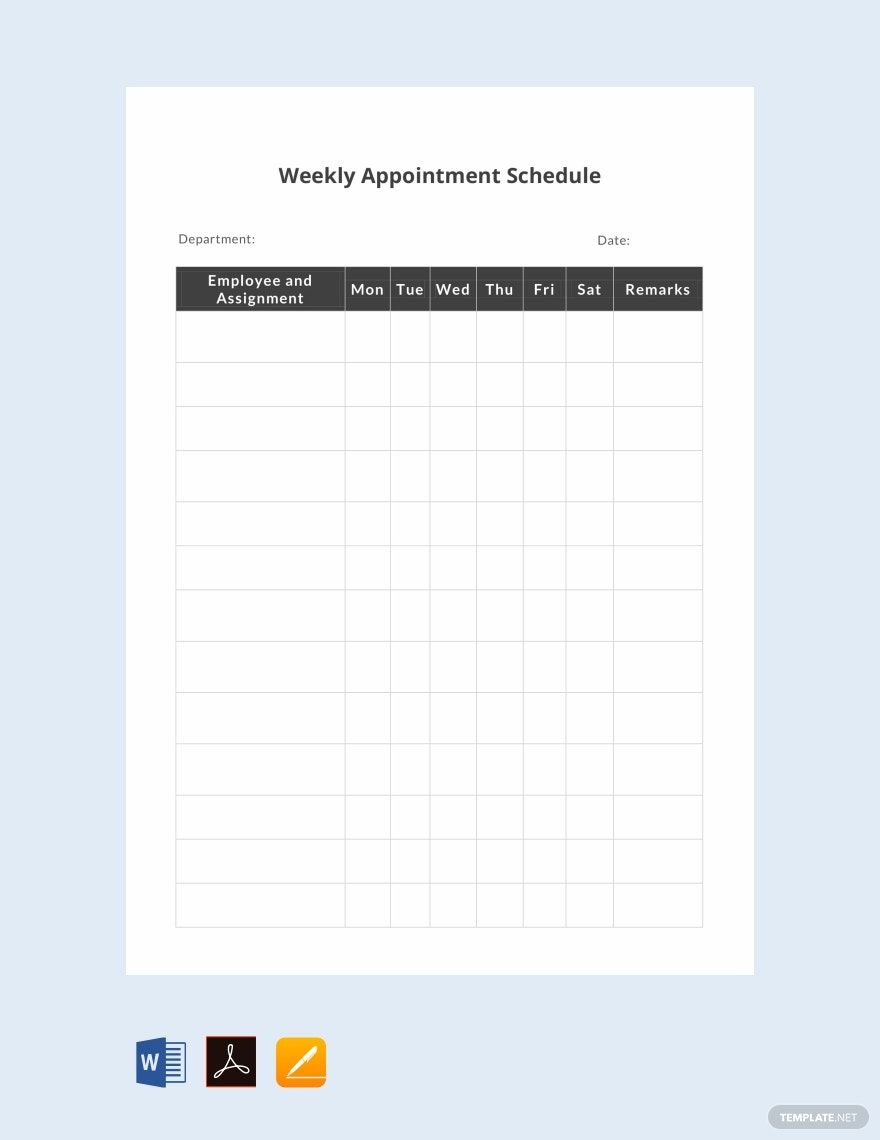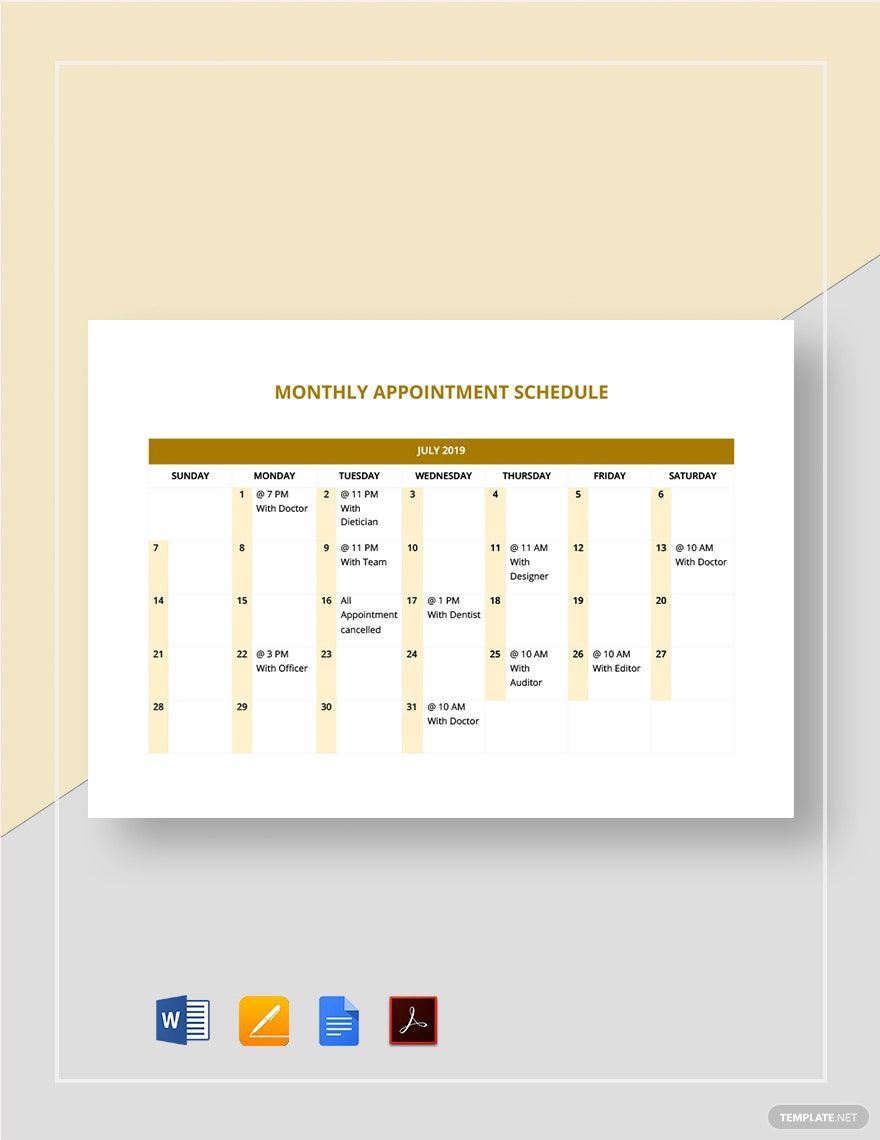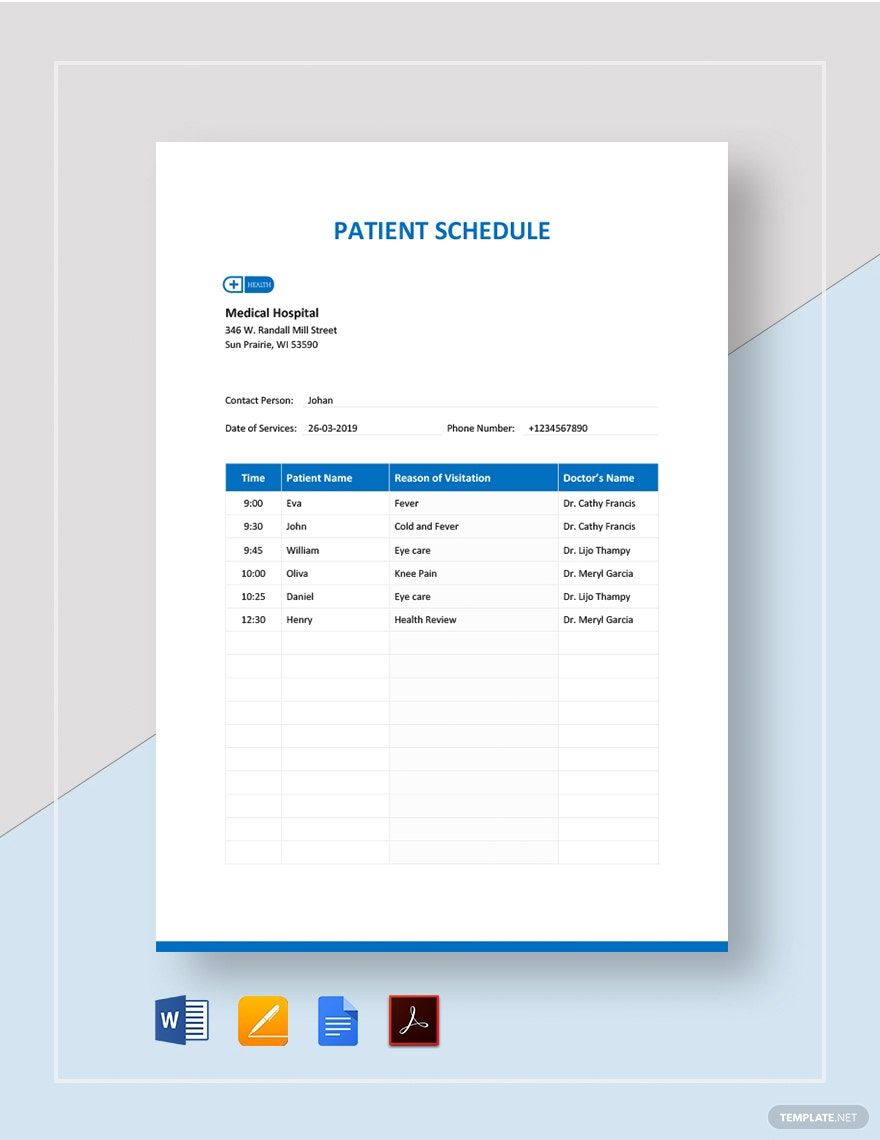If you’re working in a transient environment where you’re always on your feet attending to different appointments, time is of the essence. A full-marked calendar might be a blessing, but it’s undeniably challenging to keep up with multiple business concerns having varying schedules and deadlines. Enjoy and manage your active professional lifestyle efficiently with the aid of our Appointment Schedule Templates in Apple Pages. Our vast collection is available in assorted outlines and formats to cater to different purposes and preferences. They are 100% customizable and readily printable in both US letter and A4 sizes. Download now and let your schedule shine!
How to Make an Appointment Schedule in Apple Pages
Chron considers planning and scheduling are the ingredients of efficient project management. A goal’s success is secured when a clear plan is accompanied by a firm schedule. Scheduling serves as a form of motivation because having an overall picture of the things that need to be done can drive you to scratch out as many tasks as possible within a specific period, increasing your productivity. If you’re operating with other people, having a unified schedule can help improve the team's collective performance. Below are some guidelines on how you can make a good appointment schedule:
1. Scribble Down More Details
When writing down your work schedule, gather as much information as you can. Think of the five Ws and one H (who, what, when, where, why, how) when setting an appointment with a potential client. While you’re at it, make a few reminders, such as what to bring or what to prepare during the rendezvous. When you’re meeting outside, set a location that’s near your office so you can easily travel back when you need to.
2. Designate a Time Limit
Don’t let an appointment go on for hours and waste precious time on a single matter when you could’ve achieved more. Limit a basic meeting within a 15-minute mark. For appointments that require extensive planning such as a contract signing, you can allocate around 30 minutes to an hour for it. If it’s a crucial session with an uncertain time length, reserve an entire morning or afternoon. Block your time at different intervals so you can easily determine which slots are still available for incoming bookings.
3. Allow a Breathing Period
Don’t fill your time slots back-to-back without a pause. This tiresome daily schedule would drain you, which could affect your productivity. Release some of your slots in between heavy schedules to allow you to prepare for the next one. These free periods can also serve as your time extension when a meeting wraps up longer than usual, preventing you from being late for the next one.
4. Mark Areas of Priority
When you begin plotting your schedule on an outline, make sure to highlight those that are of immediate urgency. List them separately or mark them so they’ll stand out. This way, you’ll be reminded to accomplish these tasks first. The risk of facing multiple appointments on a single day includes missing out on important details and tasks that might jeopardize your career.
5. Use a Schedule Template
If you’re uncertain how you should organize your schedule into a neat format and design, you might as well employ a schedule template for your convenience. Consider our wide selection of templates that you can readily use anytime and anywhere. Choose a layout that works according to your pace and preference. If your day consists of jam-packed meetings from one end to the other, a daily or hourly schedule might be the best for you. If you measure your load by weeks, take a weekly schedule. Having a template lets you focus on what matters—plotting the right content.


